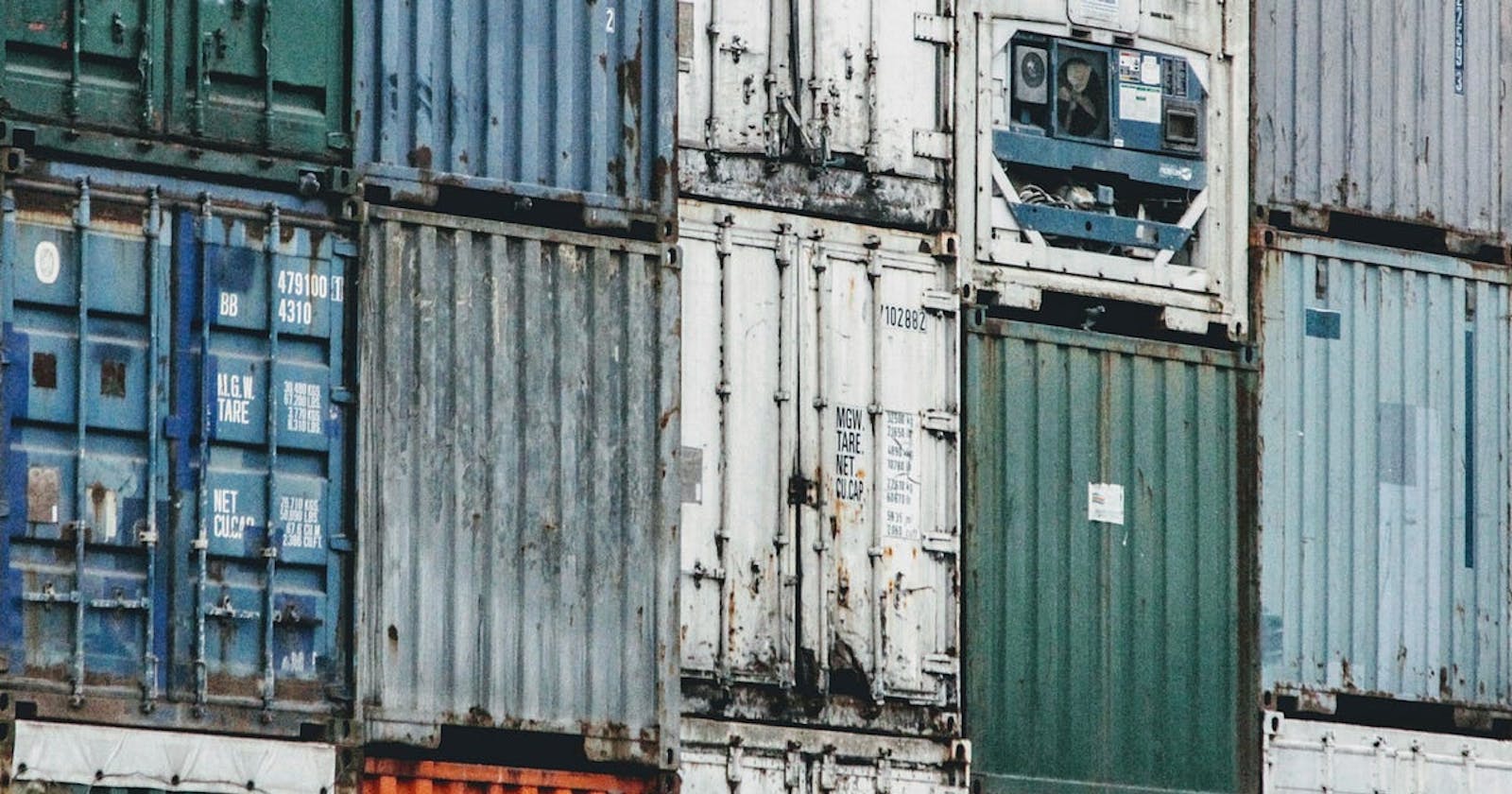A quick Look into Containers, VMs, and Docker
Modern software development and deployment have been revolutionized by technologies like Containers, Virtual Machines (VMs), and Docker. These tools play pivotal roles in ensuring efficient, scalable, and portable applications. This article provides an in-depth exploration of these technologies, highlighting their strengths, use cases, and key differences.
Virtual Machines (VMs)
Virtual Machines emulate complete computer systems, including an operating system, on a physical host machine. Hypervisors, such as VMware or VirtualBox, manage VMs by providing virtualized hardware resources. Key characteristics include:
Complete Isolation: VMs offer strong isolation between applications since each VM runs its own operating system.
Resource Intensity: VMs can be resource-intensive due to the overhead of running multiple operating systems on a single physical machine.
Containers
Containers are lightweight, portable units that package applications and their dependencies together. They share the host OS kernel but provide process isolation, allowing multiple containers to run on the same machine without conflicts. Important aspects of containers include:
Efficiency: Containers are more resource-efficient than VMs, as they avoid the need for a full operating system per instance.
Speed: Containers are faster to start and stop compared to VMs, making them ideal for dynamic workloads and microservices architectures.
Docker
Docker is a comprehensive platform that automates the deployment of applications inside containers. It includes a container runtime, a packaging format for applications and their dependencies, and tools for managing containerized applications. Docker has become synonymous with containerization, offering:
Consistency: Docker images provide a consistent environment for applications, ensuring they run consistently across different environments.
Tooling: Docker provides a suite of tools for building, deploying, and managing containers, making it widely adopted in the developer community.
Key Differences
Isolation
- VMs: Strong isolation with separate operating systems.
- Containers: Process isolation, sharing the host OS kernel.
Resource Overhead
- VMs: Higher resource overhead due to multiple operating systems.
- Containers: Lower resource overhead, more lightweight and efficient.
Portability
- VMs: Portable but may encounter compatibility issues.
- Containers: Highly portable, ensuring consistent application execution.
Startup Time
- VMs: Slower startup times.
- Containers: Almost instantaneous startup, ideal for dynamic workloads.
Management Tools
- VMs: Often use hypervisor-specific management tools.
- Containers: Docker provides a comprehensive set of tools for container management.
Conclusion
In conclusion, VMs and containers serve different purposes, and the choice between them depends on the specific requirements of the application and infrastructure. Docker, with its simplicity and widespread adoption, has emerged as a popular tool for managing containers. Whether opting for the strong isolation of VMs or the efficiency and portability of containers, understanding these technologies is crucial for modern software development and deployment.
